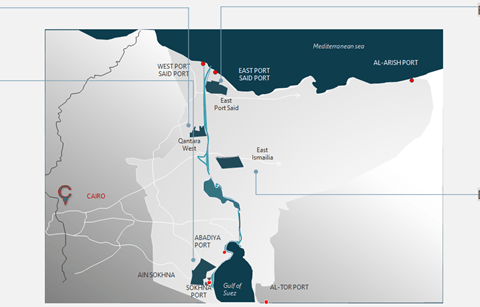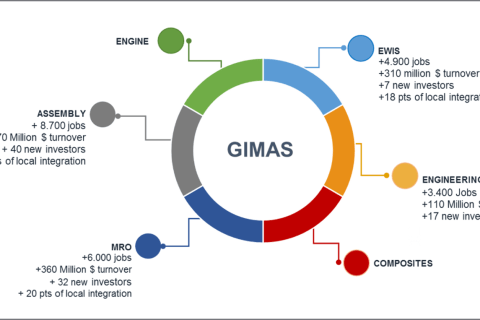Africa has long remained a mere market for the world’s major aircraft manufacturers. But today, several countries are embarking on ambitious projects aimed at developing a true aeronautical ecosystem: aircraft and drone construction, assembly, maintenance (MRO), and airport infrastructure.
- Morocco: the continent’s aeronautical industrial hub
Morocco has established itself as the African leader in aeronautics thanks to a proactive strategy:
-
- Midparc Casablanca: a dedicated industrial zone, which hosts more than 140 companies (Boeing, Airbus, Safran, Bombardier).
- Production of precision parts: nacelles, wiring, fuselage components, aerostructures, manufactured for export.
- Expansion projects: Boeing and the government signed an industrial agreement (Boeing Ecosystem) aimed at doubling the number of Moroccan suppliers.
- Egypt: Rebirth of the aeronautics and space industry
Egypt is developing an aeronautics strategy as part of its Vision 2030:
-
- Assembly and maintenance of light aircraft: via partnerships with European and Asian groups.
- Drone developmentfor the civil and security sectors.
- Aero-industrial zone near the Suez Canal, with MRO and component production projects.
- South Africa: the pioneer of African aeronautics
South Africa has a long tradition in this field:
-
- Denel Aeronautics: designer and manufacturer of military aircraft, light helicopters, drones and components.
- Aerosud and partners: production of parts for Airbus and Boeing, notably cabin structures and equipment.
- MRO centersin Johannesburg and Cape Town, serving the entire continent.
- Transcontinental projects and innovations
Several projects are emerging on a regional scale:
Civil and agricultural drones: projects in Rwanda, Nigeria and Kenya to produce drones for medical logistics, mapping or precision agriculture.
-
- Regional MRO zones: ambitions in Senegal (Dakar), Ghana (Accra), Nigeria (Lagos) to capture part of the African maintenance market, currently carried out in Europe or the Middle East.
- Airports of the future: major projects integrating logistics hubs and aeronautical free zones, for example:
- New Dakar Blaise Diagne Airportand its aero-industrial zone.
- New Abuja Airport (Nigeria)and its air freight infrastructure.
- Addis Ababa hub expansion, a major hub of Ethiopian Airlines, with an integrated air logistics area.
- The issues and challenges
- The growth of the African aeronautics industry is based on: The increase in skills of human resources (engineering schools, specialized training).
- The construction of integrated industrial ecosystems (parts, assembly, MRO).
- Modernizing infrastructure and securing financing.
The challenges remain significant: ensuring competitiveness against global giants, stabilizing political and fiscal environments, and developing sufficient regional demand to support aeronautical industrialization.



